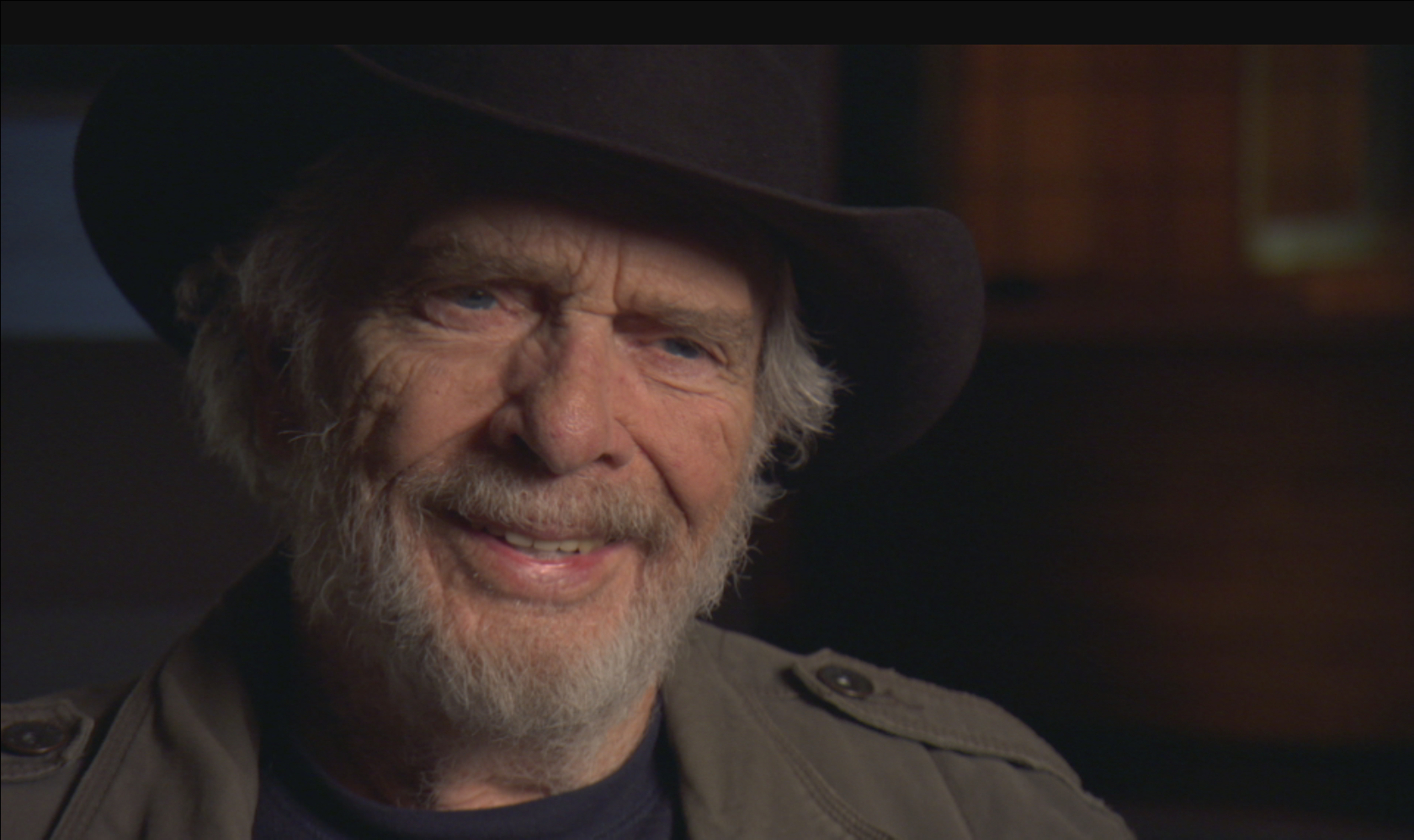
Before the stage lights and standing ovations, before the name Merle Haggard became synonymous with country music greatness, there was a young man walking the razor’s edge between despair and redemption. For Haggard, the darkest chapter of his life wasn’t written in fame—but in bars, back alleys, and behind prison walls.
Born in 1937 during the Great Depression, Merle’s early years were marred by loss. His father died when Merle was just nine, leaving a void no music could ever fill. Rebellion came swiftly. As a teenager, he ran away from home repeatedly, hitching rides and hopping freight trains in search of something—anything—that made him feel alive.
But the pain he carried led him down a dangerous path. Arrests for petty theft and truancy escalated until, at the age of 20, Merle Haggard was sentenced to San Quentin State Prison for an attempted robbery gone wrong. Inside the cold, unforgiving walls of San Quentin, he reached his lowest point. He watched as fellow inmates were dragged to death row. He witnessed hopelessness become a disease. And he almost gave in.
“I was scared straight,” he later said. “I realized I’d die in there if I didn’t change.”
That moment came on New Year’s Day, 1959, when a young inmate named Merle watched Johnny Cash perform at San Quentin. That show, raw and defiant, sparked something inside him. It was the first time he believed music could be more than escape—it could be redemption.
Merle left prison with a new purpose, carrying a number instead of a name, a past heavy with mistakes, and a future still uncertain. But it was in those dark years that the man who would write Sing Me Back Home, Mama Tried, and Branded Man was truly born.
That chapter—filled with shame, solitude, and silence—is one Merle never hid. In fact, he wore it like a scar that shaped his songs. Because he knew that for every outlaw who falls, there’s still a chance to rise.